Demetri Martin’s new book of drawings is ‘If It’s Not Funny It’s Art.’ Do we have to pick?
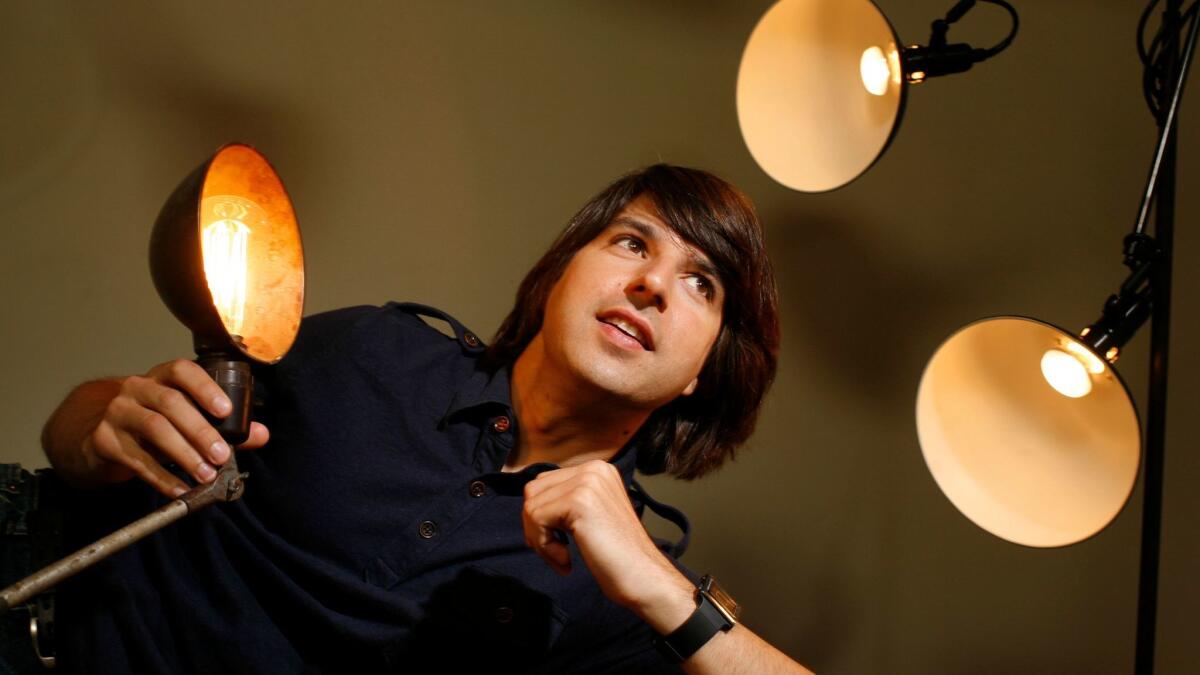
Demetri Martin — stand-up comic, actor, bestselling author and former correspondent for “The Daily Show” — has garnered a reputation for incorporating another talent into his comedy: drawing.
His new book, “If It’s Not Funny It’s Art” (Grand Central Publishing, $15.99 paper), is a collection of illustrations that feature Martin’s signature, off-kilter one-liners, black-and-white line drawings that deliver a wry, comedic punch.
Of the work in his book, he said that, for the most part, the drawings precede their captions, but he was willing to try the reverse. In fact, he even agreed to conduct part of this interview a little differently than the typical Q&A: Martin responded to one question with a drawing.
When we spoke over the phone, he still had 35 more dates until December on his “Let’s Get Awkward Tour” — and was briefly home in L.A. He’ll appear at Skylight Books at 7:30 p.m. Friday. Our conversation has been edited.
Let’s start with the title, “If It’s Not Funny It’s Art.” It’s sort of a brainteaser: If it is funny, does that mean it’s not art? How did the title present itself?
I’m a big art fan, and I’ve noticed that, somehow, comedy often doesn’t qualify as art, even if it’s visual. It’s like its own subcategory or side thing. It’s often ghettoized. I wouldn’t say comedy doesn’t get respect, it just doesn’t seem like people think of it as something artistic. I thought it was kind of funny to underline that, to say, “Look, I think these are funny drawings. If you don’t find them funny, then let’s just call it art.”

You often use a drawing pad on stage. Are there drawings in “If It’s Not Funny It’s Art” that wouldn’t work on stage and require the book format?
Most would not work on stage, for my purposes. When I first did drawings on stage, it was almost to tag jokes that I already had, to see if I could get an extra punchline by having that visual component. A lot of the drawings in the book, it would be belabored to explain them. I have a special affinity for the ones that don’t require words. To me, there’s something really elegant about that. Those are my favorites.
I also just happen to love books. I like that they’re objects. So much of what comedians do is so fleeting. In the big, grand scheme of things, I get it, it’s all fleeting, but at least the book can go and live somewhere. Rather than needing to have been at the club or the theater, or needing a screen to watch me on, it’s another way to get my sense of humor out there.
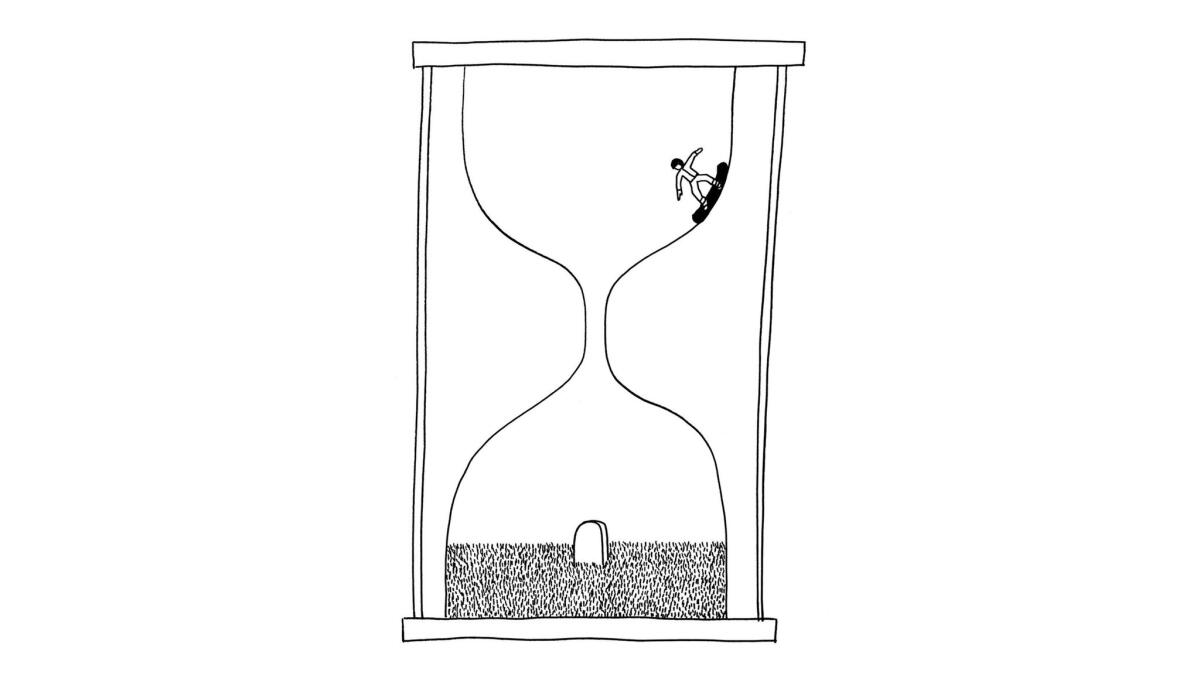
Some of that humor is pretty dark, even existential. Does that tone feel particularly suited to a book?
I’m more comfortable on the page with that kind of thing. I enjoy the starkness and quietness of drawings. It’s like when single-camera shows finally started to gain momentum where the multi-camera sitcom had reigned for so long: It afforded writers an opportunity for different kinds of humor, a different rhythm. Catering to that live audience laugh — that drives a certain rhythm — and for me the drawings just take all of that stuff out of the equation. There’re no page numbers in the book. I’m saying, “Look around in there, don’t even worry about it.”
Can you answer the following question with a drawing: How do you feel about 2017 so far?
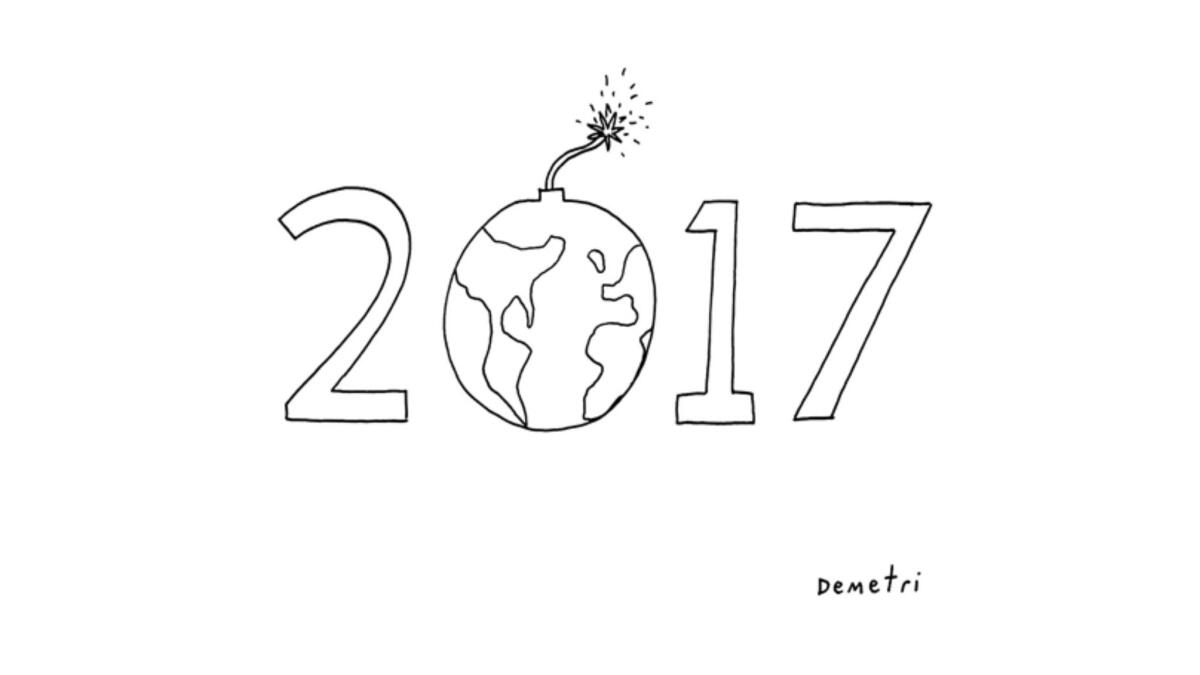
Do you consider these drawings cartoons?
I don’t think I’m really a cartoonist. It’s like I’m in my own little category. I like the simplicity of line drawings: I’m trying to convey simple ideas.
I come from stand-up, so everything feels like a show of some kind, like a performance. This is a different kind of performance. It’s a much smaller audience — one-to-one — and it’s quiet. Time moves differently, which I like. You can spend as little or as much time with the joke as you want; you can blow past it or you can sit with it for a while. There’s a special kind of intimacy there.
Your sets often include a lot of one-liners. Are these drawings the visual equivalent? Is one panel tantamount to one line?
For me, they’re simpatico. I was never a comic book person or a comic strip person. I liked the “Far Side.” It was very economical. I love Gary Larson, I love Saul Steinberg, lots of New Yorker cartoons. One-liners — it’s hard for me to get away from them. I do tell stories on stage sometimes, and I’m trying to get more emotional up there, but left to my own devices it’s just right back to the shortest jokes I can come up with.
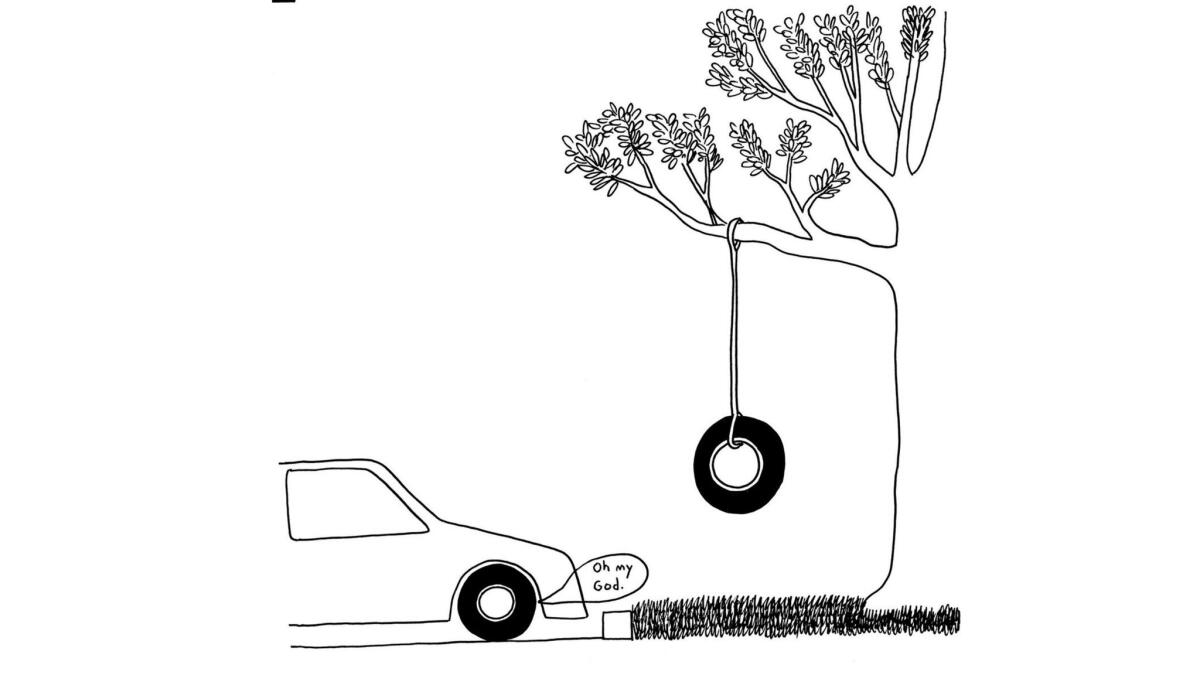
Do you want to tell longer stories on the page as well?
I’m working on a book of fiction right now. I’m trying to learn how to write stories, like, “Hey, can I write a 15-20 page story that’s funny and has a real beginning, middle and end?” It’s such a fun assignment, being a beginner at something. There is something exhilarating about it, as daunting as it can be. You can start at zero; you can see your progress. The beginning is pretty fun.
I’m a big reader, but I realized in the process of trying to write short stories that I read mostly nonfiction. (I just finished a biography called “Matisse the Master.” The guy struggled. I’m like, “Wow, Matisse, he had kind of a rough ride.”) For the last couple of years I’ve been collecting short-story collections; I travel so much as a comic, and I end up in used bookstores. Lately I’ve been enjoying
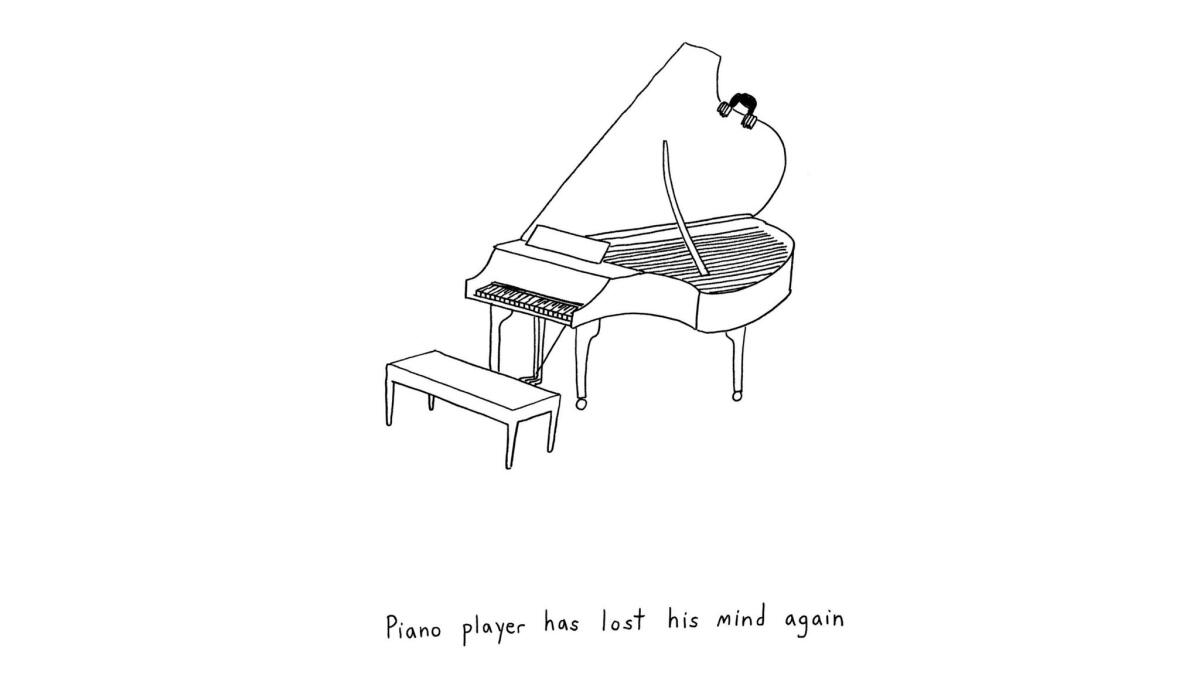
With stand-up, you can vet the success of a joke in real time: The audience laughs or it doesn’t. How do you vet the success of drawings?
It’s really difficult. Stand-up is great because you have the audience; with the drawings, it feels almost completely in a vacuum. It almost raises the subjectivity quotient, because you don’t have a group of people to get a consensus from, so it’s back to that one-to-one thing. For some of the drawings, I just liked the way they looked. It’s not like they’re all killer jokes.
The other part of this is the process. I travel so much as a comic, and alone. I don’t have a road manager or an opener, I just pack up my bag and hop on a plane and there I am. I can watch DVDs and listen to my iPod for a while, but what makes time pass or vanish the best — like when I’m on a plane and I want to just get it over with — is writing and drawing. Especially drawing, it’s just daydreaming. Each blank page is an opportunity to create something else. Sometimes, if I’m stuck, I just move the pen and see what comes out. It’s a great exercise.
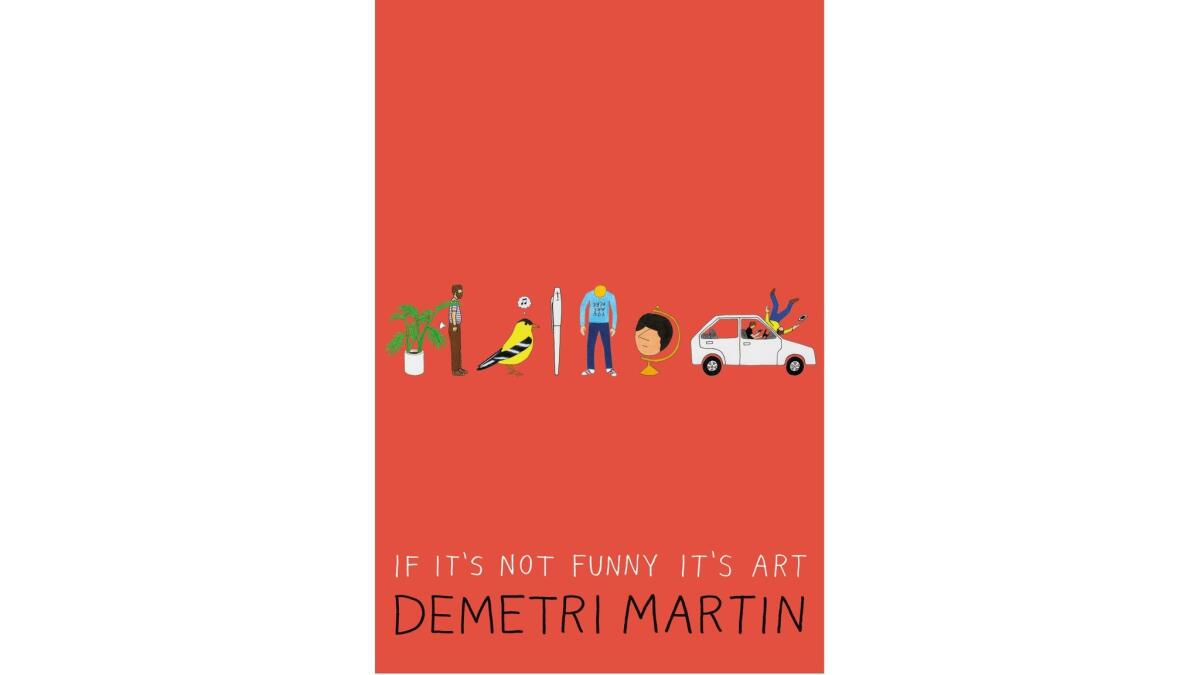
Sign up for our Book Club newsletter
Get the latest news, events and more from the Los Angeles Times Book Club, and help us get L.A. reading and talking.
You may occasionally receive promotional content from the Los Angeles Times.




